Establishing a sustainable kitchen goes beyond eco-friendly appliances and reducing food waste—it extends to the very ingredients that flavor our meals. Spices, with their concentrated flavors and medicinal properties, represent one of the most sustainable ways to transform simple dishes into culinary masterpieces while minimizing environmental impact. Many spices can be grown with minimal resources, stored for extended periods without refrigeration, and used in small quantities while delivering maximum flavor. The right selection of spices can reduce our reliance on resource-intensive ingredients while supporting biodiversity and traditional farming practices worldwide. Let’s explore ten essential spices that deserve a place in every environmentally conscious kitchen, examining their sustainability credentials, culinary applications, and the remarkable ways they enhance both our food and our planet.
Turmeric: The Golden Sustainability Champion
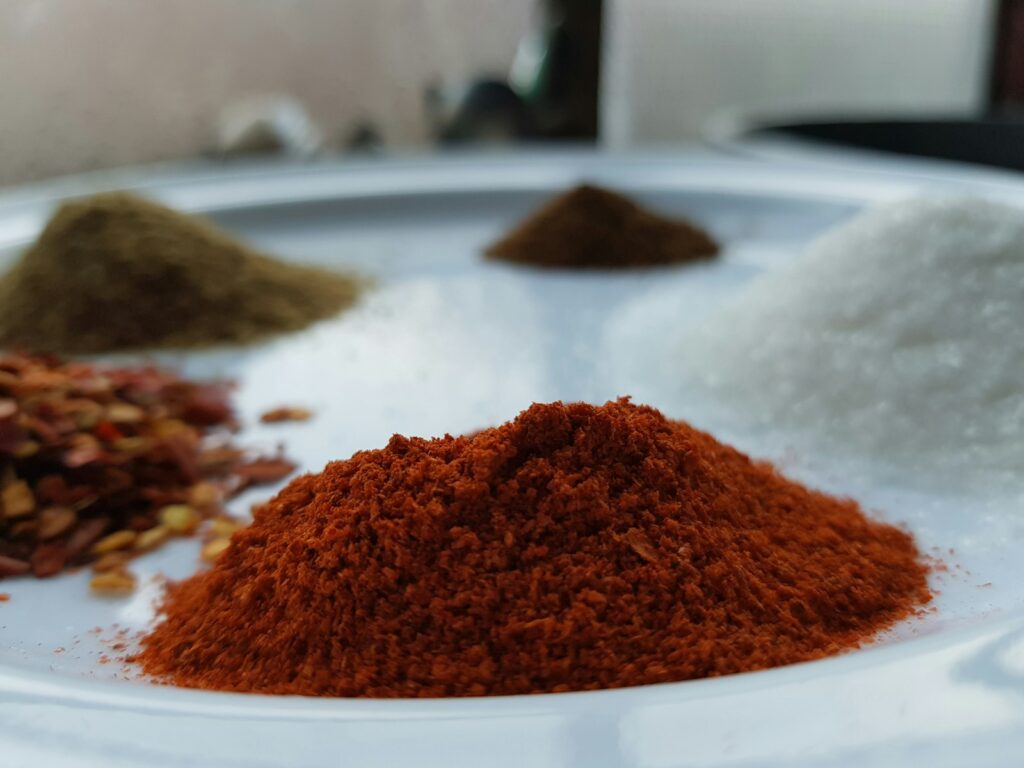
Turmeric stands as perhaps the most sustainable spice powerhouse available to home cooks, requiring relatively little water to grow while delivering exceptional nutritional density. This vibrant yellow rhizome contains curcumin, a compound with powerful anti-inflammatory properties that has been used in traditional medicine for centuries. From a sustainability perspective, turmeric plants improve soil health through their rhizome systems and can be grown without chemical fertilizers in suitable climates.
In the kitchen, turmeric brings earthy warmth to everything from curries and golden milk to roasted vegetables and rice dishes, requiring just a small pinch to transform both the color and flavor profile of a meal. For maximum sustainability impact, look for fairly traded turmeric that supports small-scale farmers using traditional growing methods that maintain biodiversity.
Cinnamon: Sweet Sustainability from Tree Bark
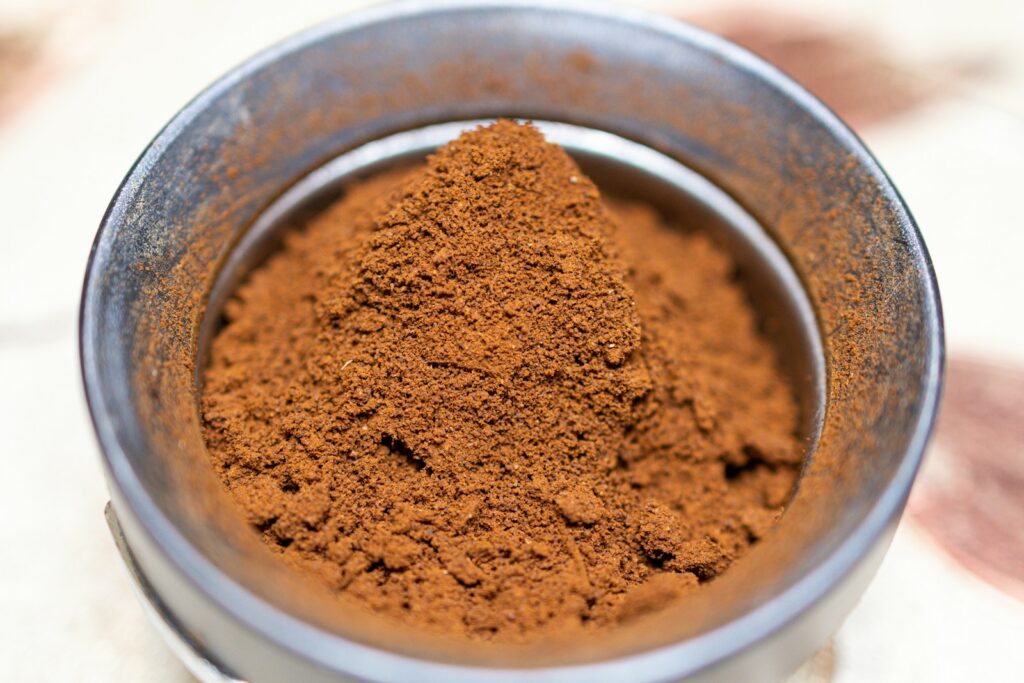
Cinnamon represents a marvel of sustainable design—it’s harvested from the inner bark of trees that can continue growing after proper harvesting, making it a renewable resource when collected responsibly. The cinnamon industry, particularly for Ceylon cinnamon, often supports agroforestry systems that maintain forest cover and provide habitat for wildlife while producing this valuable spice. Beyond its familiar sweet applications in baked goods, cinnamon adds surprising complexity to savory dishes like Moroccan tagines, Indian biryanis, and even vegetable stews, reducing the need for meat-based flavoring.
The spice’s long shelf life—often extending beyond a year when properly stored—means minimal waste, and its concentrated flavor requires only small amounts to make a culinary impact. For sustainable kitchens, cinnamon provides exceptional value through its versatility, making it indispensable for conscious cooks.
Cumin: Desert-Friendly Flavor Powerhouse
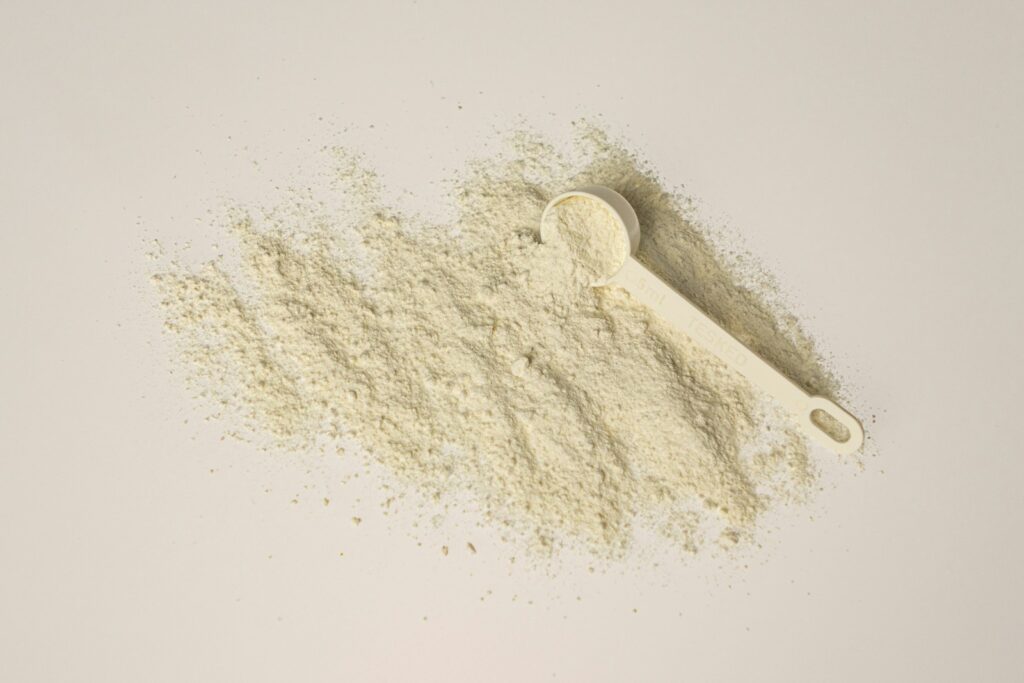
Cumin earns its place in sustainable kitchens through its remarkable drought tolerance and ability to thrive in harsh conditions where many crops would fail. This seed spice comes from a small flowering plant in the parsley family that requires minimal irrigation and can be grown in marginal soils, making it an environmentally friendly crop in water-stressed regions. From a culinary perspective, cumin’s distinctive earthy, slightly bitter flavor forms the backbone of countless dishes across Mexican, Indian, Middle Eastern, and North African cuisines.
The spice helps create deeply satisfying plant-based meals by adding complexity to beans, lentils, and vegetable dishes that might otherwise seem bland. Additionally, cumin seeds can be easily saved and replanted, making them accessible for home gardeners interested in growing their own spices as part of a sustainable lifestyle.
Black Pepper: The Sustainable King of Spices
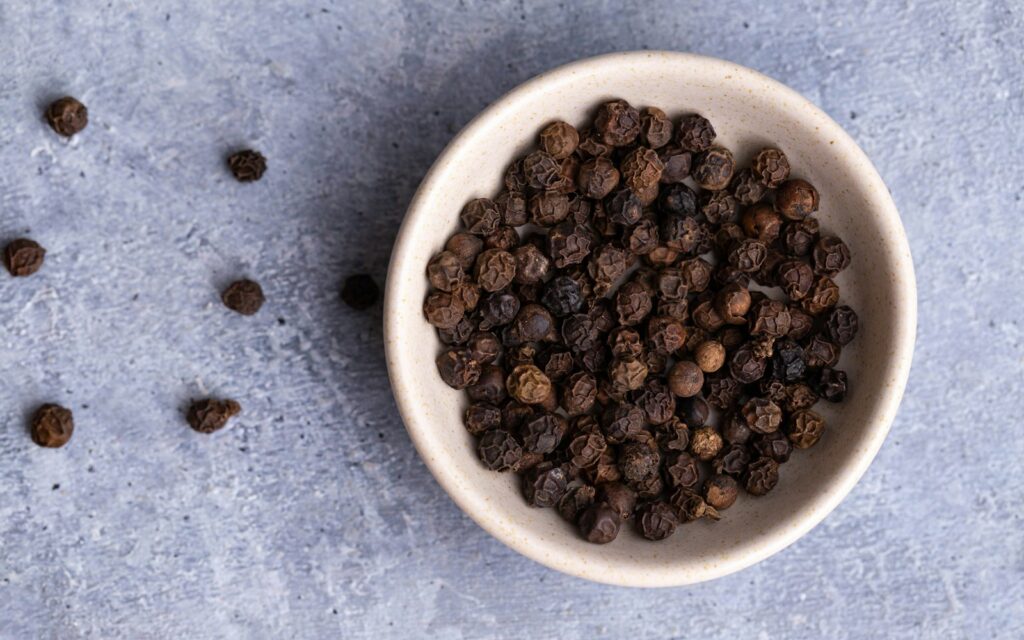
Black pepper deserves recognition not just as the world’s most traded spice but as a remarkably sustainable crop when grown in traditional agroforestry systems. Pepper vines naturally grow on living trees, creating mutually beneficial relationships where the trees provide structural support while maintaining forest cover and biodiversity. In sustainable pepper plantations, especially in regions like Kerala, India, these systems help preserve wildlife corridors and provide habitats for numerous species while producing this essential spice.
Culinary applications for black pepper extend far beyond the everyday table seasoning—its complex heat and aromatic qualities can enhance chocolate desserts, fruit dishes, and even cocktails while reducing reliance on less sustainable flavor enhancers. From a practical standpoint, whole peppercorns stored properly can maintain their potency for years, minimizing waste while providing maximum flavor when freshly ground. The versatility of black pepper makes it perhaps the single most important spice investment for a sustainable kitchen.
Paprika: Sustainable Preservation of Peppers
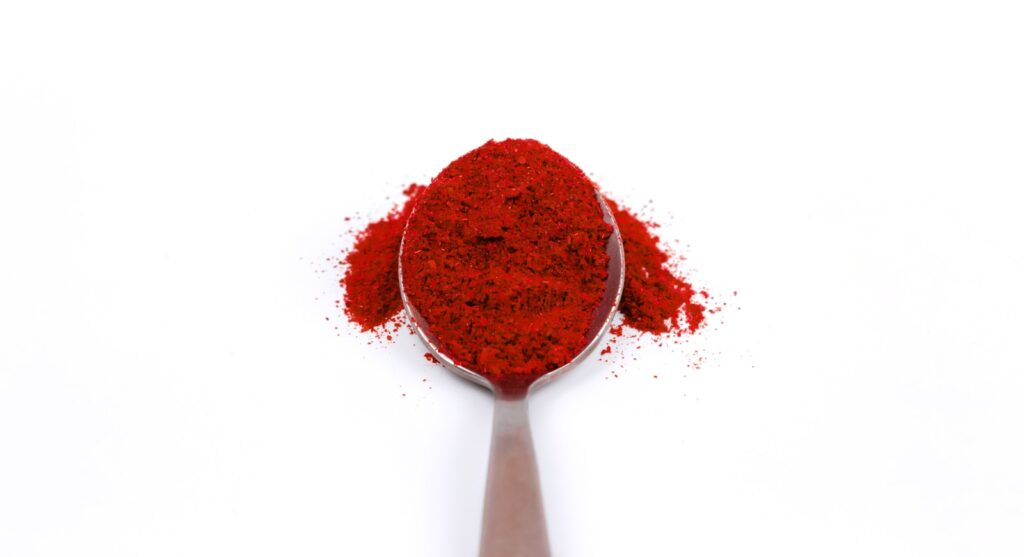
Paprika exemplifies sustainability through preservation—this vibrant powder represents an ancient solution to extending the shelf life of seasonal peppers without refrigeration or artificial preservatives. Made from dried and ground red peppers, paprika captures summer abundance for year-round use, allowing home cooks to enjoy pepper flavor even when fresh varieties are out of season or would require long-distance transportation. The production of paprika traditionally uses the entire pepper, minimizing waste, and the drying process can be accomplished using solar energy rather than fossil fuels.
Culinary applications range from Hungarian goulash and Spanish patatas bravas to spice rubs for plant-based proteins and vibrant dressings that reduce the need for less sustainable ingredients. By stocking different varieties—sweet, hot, and smoked paprika—sustainable kitchens gain tremendous flavor versatility from a single spice family that can transform simple, local ingredients into remarkable meals.
Ginger: A Regenerative Rhizome for Sustainable Cooking
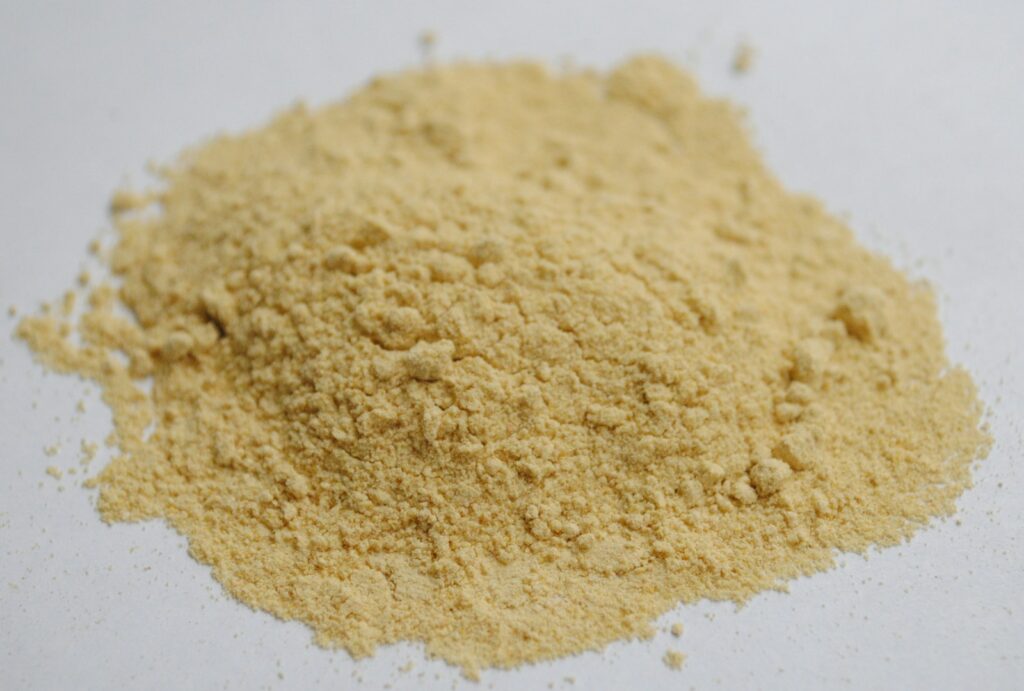
Ginger exemplifies regenerative agriculture principles through its growing pattern as a rhizome that can be partially harvested while the plant continues to grow and spread. This sustainable growth habit means a single ginger planting can produce for several years in suitable climates, creating an ongoing yield from a one-time planting effort. From an environmental perspective, ginger grows well in intercropped systems with other plants, promoting biodiversity while maximizing land use efficiency.
The culinary versatility of ginger spans sweet and savory applications across cuisines worldwide—from warming curries and stir-fries to soothing teas and zingy desserts that need only a small amount to deliver significant impact. Fresh ginger roots can be frozen or dried to extend their usability, and even seemingly spent pieces can be regrown in water, creating a near-zero-waste ingredient that perfectly aligns with sustainable kitchen practices.
Coriander Seeds: Dual-Purpose Sustainability
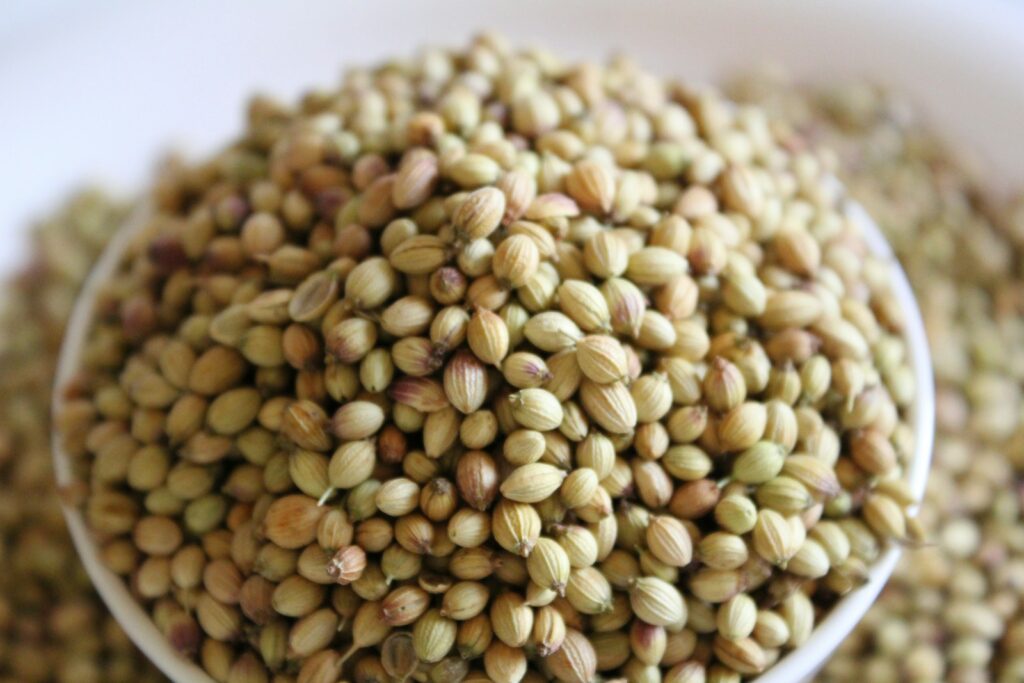
Coriander seeds represent the epitome of sustainable food systems through their dual-purpose nature—the same plant provides both fresh cilantro leaves and coriander seeds, maximizing yield from a single growing cycle. This ancient spice requires relatively little water to grow compared to many other crops and can thrive in diverse growing conditions, making it accessible to small-scale farmers worldwide. The seeds’ citrusy, slightly sweet flavor profile provides a distinctive character to dishes across Indian, Middle Eastern, and Latin American cuisines, working particularly well with plant-based proteins like beans and lentils.
From a sustainability perspective, coriander plants support beneficial insects and pollinators when allowed to flower, creating ecosystem benefits beyond just food production. Home gardeners can easily save coriander seeds from their own plants, creating a self-perpetuating cycle that embodies sustainable food principles while providing both a fresh herb and a versatile spice from minimal resources.
Mustard Seeds: Tiny Seeds with Massive Sustainable Impact

Mustard seeds earn their place in sustainable kitchens through their remarkable ecological benefits and culinary versatility. As a cover crop, mustard plants naturally suppress soil-borne pests and diseases, reducing the need for chemical interventions while improving soil health through their deep taproots that prevent erosion and enhance soil structure. These tiny seeds pack enormous flavor—when toasted or popped in hot oil, they release complex, nutty flavors that form the foundation of many Indian, African, and European dishes.
From a practical sustainability perspective, mustard seeds store exceptionally well without specialized packaging, maintaining their potency for years when kept in a cool, dark place. Their ability to transform humble ingredients like potatoes, cabbage, and beans into vibrant dishes makes them invaluable for plant-forward cooking that reduces reliance on resource-intensive animal proteins while still delivering deeply satisfying meals.
Cardamom: Forest-Friendly Aromatic
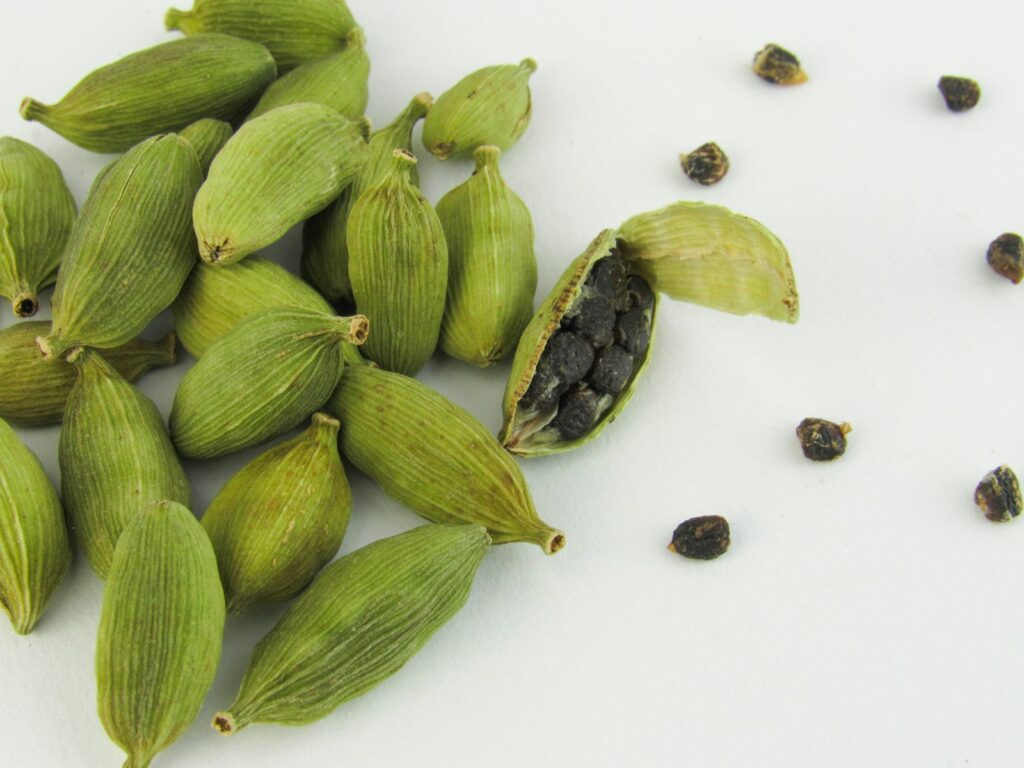
Cardamom stands out among spices for its ability to grow in partial shade, making it ideal for sustainable agroforestry systems that maintain forest cover while producing valuable crops. Traditional cardamom cultivation, particularly in regions like Kerala’s Western Ghats, preserves biodiversity hotspots by growing this valuable spice beneath native tree canopies rather than clearing forests for monoculture plantations. Though more expensive than some spices, cardamom’s intense flavor means a little goes remarkably far—a single pod can flavor an entire pot of rice or transform a simple cup of tea into an aromatic experience.
This “queen of spices” bridges sweet and savory applications, from Scandinavian baked goods and Indian chai to Arabic coffee and complex curries, reducing the need for artificial flavorings or less sustainable alternatives. By choosing shade-grown, sustainably harvested cardamom, conscious cooks support forest preservation while enjoying one of the world’s most distinctive and versatile aromatics.
Fennel Seeds: Self-Sufficient Sustainability Star
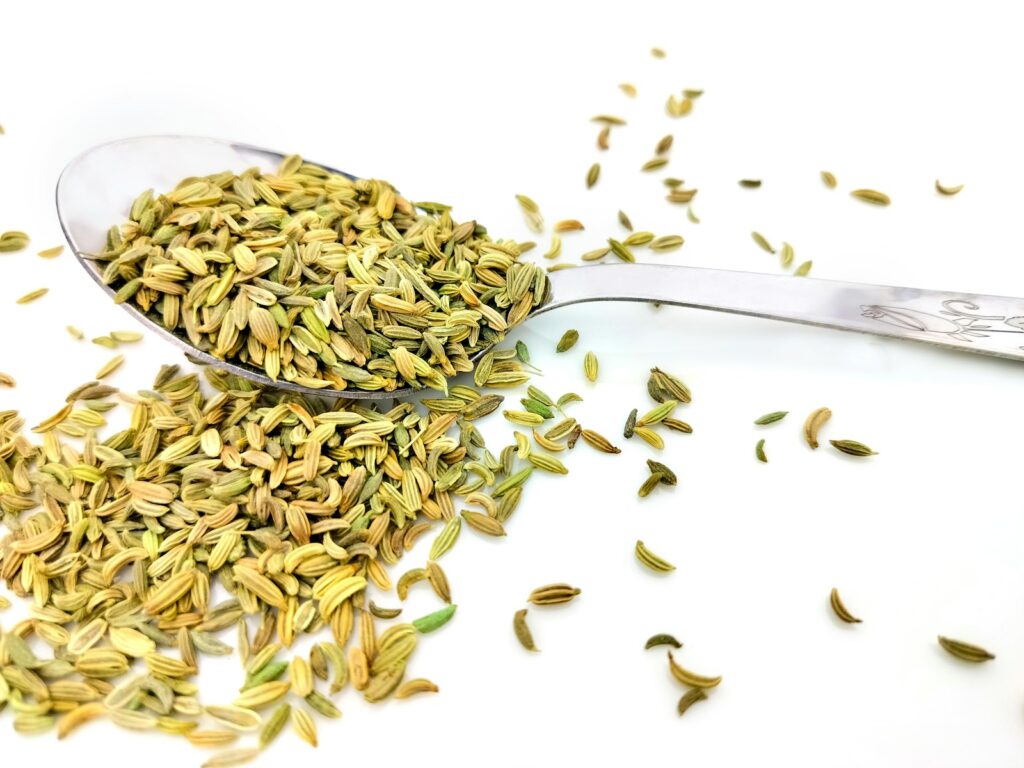
Fennel seeds represent sustainability through self-sufficiency—the plants are prolific seed producers that can be easily grown in home gardens with minimal care and resources. The fennel plant attracts beneficial insects and pollinators when flowering, contributing to garden biodiversity while eventually producing the anise-flavored seeds that have seasoned Mediterranean, Indian, and Chinese dishes for centuries. From a culinary perspective, fennel seeds add distinctive licorice notes to vegetable dishes, breads, and plant-based protein preparations while also serving medicinal purposes as digestive aids.
The seeds store exceptionally well without refrigeration, often maintaining their potency for years when kept properly, which minimizes waste and preserves their culinary value. Home gardeners find fennel particularly rewarding as it often self-seeds, creating ongoing harvests with minimal intervention and demonstrating how sustainable food systems can perpetuate themselves with proper planning and plant selection.
Creating a Sustainable Spice Storage System
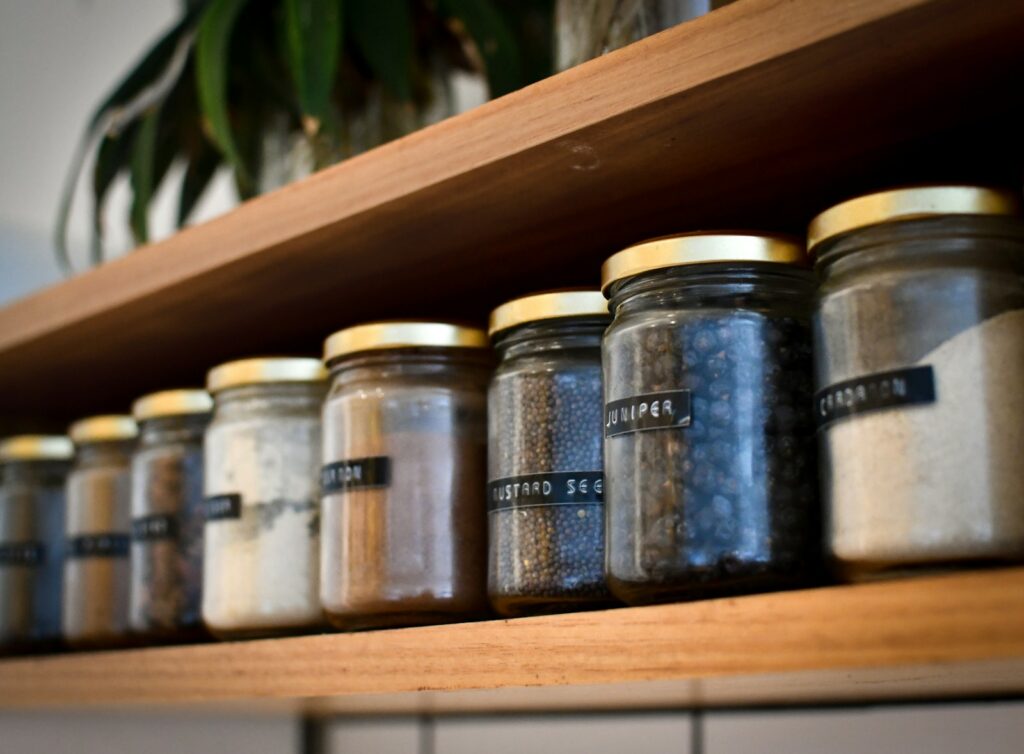
The sustainability of your spice collection extends beyond the spices themselves to how they’re stored and maintained. Glass containers with airtight seals represent the most sustainable storage option, as they’re indefinitely reusable, don’t leach chemicals, and allow visibility of contents to prevent forgotten spices. Consider implementing a dating system on your spice containers to track freshness, using small labels that note purchase dates rather than relying on potentially inaccurate “best by” dates that often lead to premature disposal.
Proper storage location significantly impacts spice longevity—keeping them away from heat sources like stoves and direct sunlight preserves their potent compounds and extends their useful life, reducing waste and the need for frequent replacement. For maximum sustainability, seek out package-free spice options at bulk stores where you can refill your existing containers, eliminating packaging waste entirely while supporting businesses aligned with zero-waste principles.
Sourcing Spices Sustainably: Beyond the Supermarket

Truly sustainable spice collections require thoughtful sourcing that goes beyond conventional supermarket options. Direct trade spice companies that work directly with farmers often provide better compensation while implementing environmentally sound growing practices, creating positive impacts throughout the supply chain. Local farmers’ markets increasingly feature small-scale spice growers, particularly for varieties that can be grown in your climate, offering ultra-fresh options with minimal transportation impacts.
For home gardeners, growing spices like ginger, turmeric, and various seed spices represents the ultimate sustainable sourcing, connecting you directly to your food while eliminating packaging and transportation entirely. When purchasing packaged spices, look for certifications like Fair Trade, Rainforest Alliance, or organic labeling, which, while imperfect, provide some assurance of better environmental and social practices in an industry often plagued by exploitation and unsustainable production methods.
Conclusion: Building Flavor and Sustainability One Spice at a Time
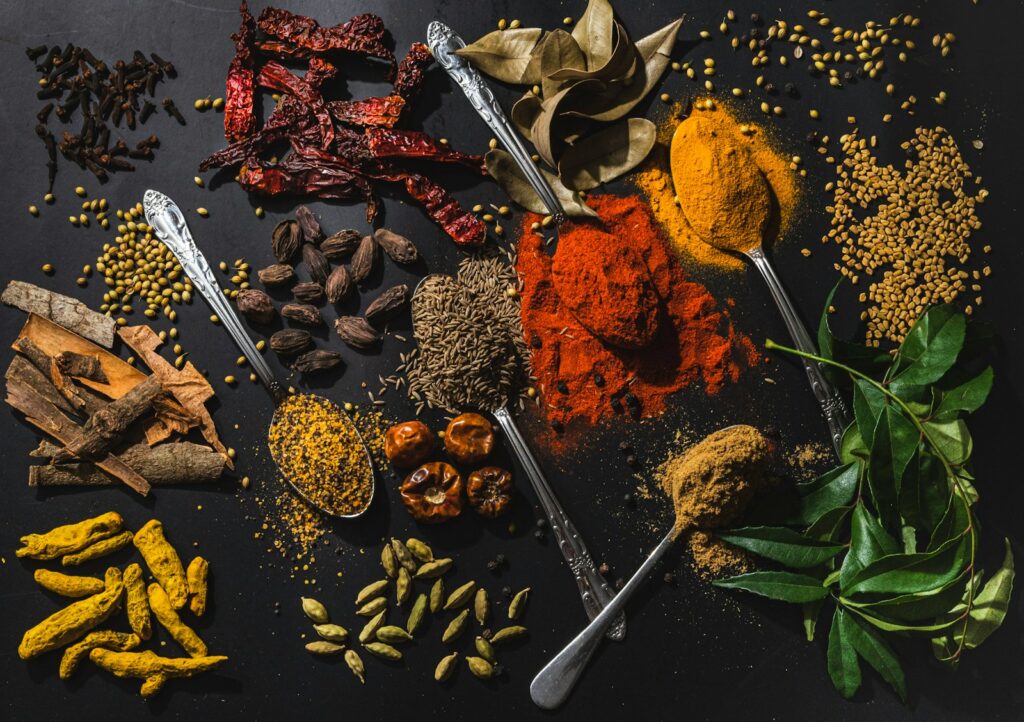
A thoughtfully assembled spice collection forms the cornerstone of a truly sustainable kitchen, enabling remarkable flavor with minimal environmental impact. These ten essential spices—turmeric, cinnamon, cumin, black pepper, paprika, ginger, coriander seeds, mustard seeds, cardamom, and fennel seeds—represent not just culinary versatility but ecological wisdom, often requiring fewer resources to grow than many other foods while delivering outsized flavor benefits.
By investing in quality, sustainably sourced versions of these spices, storing them properly, and learning to use them effectively, home cooks can significantly reduce their environmental footprint while creating more satisfying plant-forward meals. The journey toward a more sustainable food system begins with small, flavorful steps—and a well-stocked spice cabinet provides the perfect starting point for delicious, environmentally conscious cooking that honors both tradition and innovation in service of a healthier planet.

